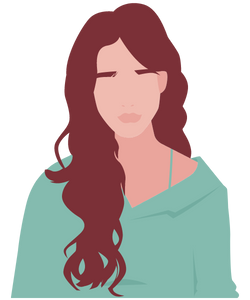Unique Needs And Skills For Textured Hair
Although you will learn general skills in cosmetology school that are applicable to all hair types, there are certain unique needs and skills necessary for textured hair, such as curly and coily textures. These lessons will improve how you care for different hair types and expand the services you can offer.
Basic Care
Textured hair has unique hair care needs because it is usually drier than straight hair and there is the issue of tangling. Shampoos without harsh ingredients that strip the natural oils from the hair are ideal. If there is product build-up on the scalp, using traditional shampoos and focusing on the scalp can remove the buildup with less of the product staying on the hair. Conditioning and deep conditioning are especially important for textured hair to help the hair retain moisture. It is often better to use leave-in conditioners than rinse-out options. During deep conditioning, the integration of heat or steam can help lift the cuticle and allow the conditioner to seep into the hair better. Detangling hair requires the hair to be wet and saturated with conditioner or a detangling product. This allows the comb to slide through the hair better and cause less pulling which can damage or break strands.
Styling
Among the most popular styling options for textured hair is embracing the natural curl pattern by applying finishing products and allowing the client to sit under the dryer to "set" their curls. If your client desires their hair to be straightened, it is best to "blow-out" the hair first with the comb attachment on a dryer. This helps straighten the hair so it will require less direct heat when using a flat iron. The looser the curl pattern, the less direct heat is needed when flat ironing. The goal when using a flat iron is to use a heat-resistant comb to simultaneously comb the hair and "chase" the comb with the flat iron. When done correctly and with sufficient heat, each section of hair should not require multiple passes with the flat iron to straighten. As with any hair texture, using a heat-protectant will minimize heat damage. Textured hair will also need products to prevent moisture from reversing the straightening process. Some clients avoid straightening in the warmer, humid months to maintain their straight hair longer.
Chemical Processing
One type of chemical processing that might be requested is texturizing. The products used for relaxing and texturizing the hair are the same, but when the hair is texturized, the product stays on the hair for less time. With texturizing, the goal is to loosen the curl pattern without it becoming straight. Some people with tightly-curled hair may prefer the look of texturized hair or simply find that the maintenance of texturized hair is easier because it is less prone to tangling.
Having additional skills and knowledge about caring for textured hair can be especially appealing when clients are looking for services. Expanding your knowledge about the unique needs of different textures will allow you to feel confident in your skills with all hair types.
For more information, contact a cosmetology school, such as Aesthetics Institute.
Share
